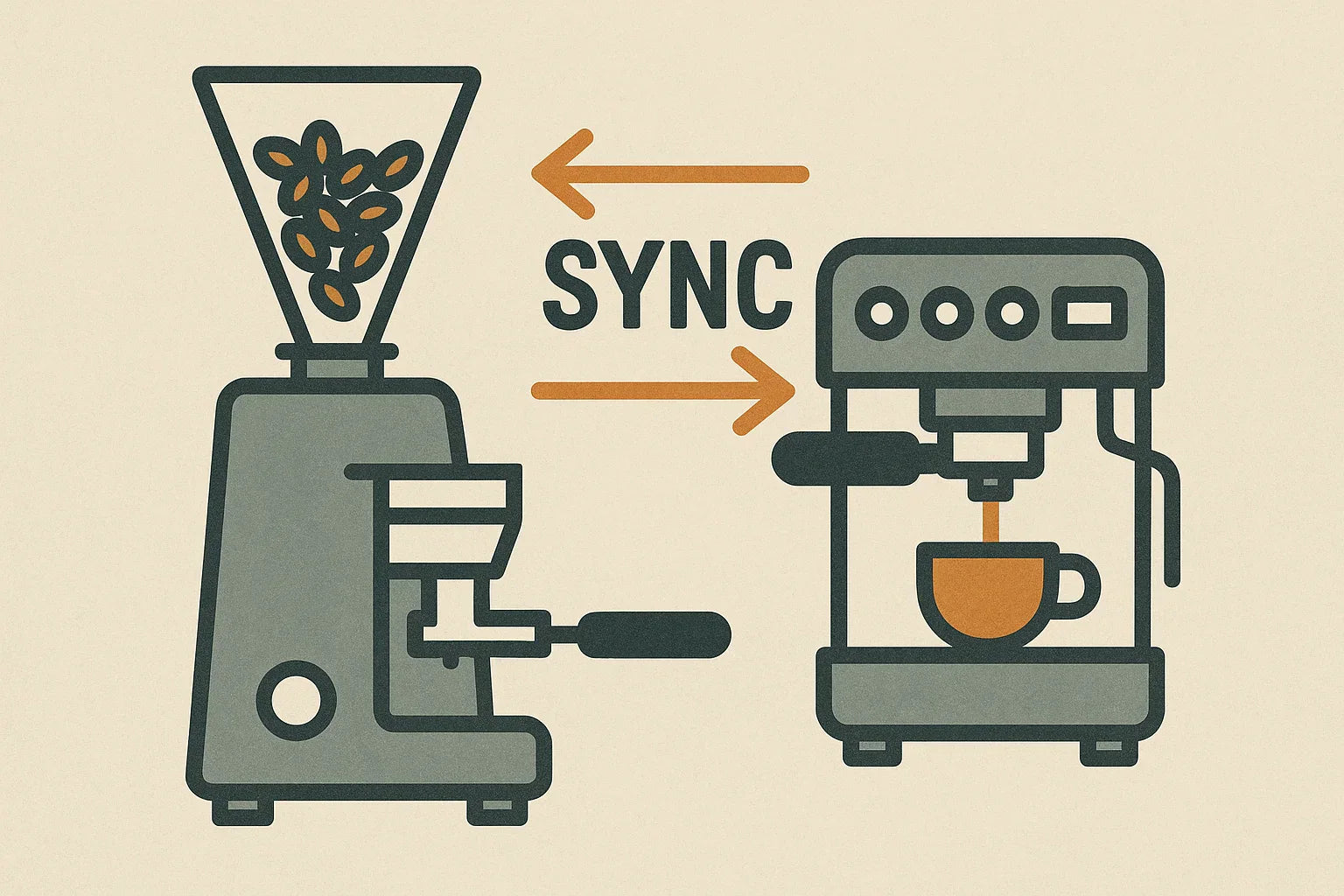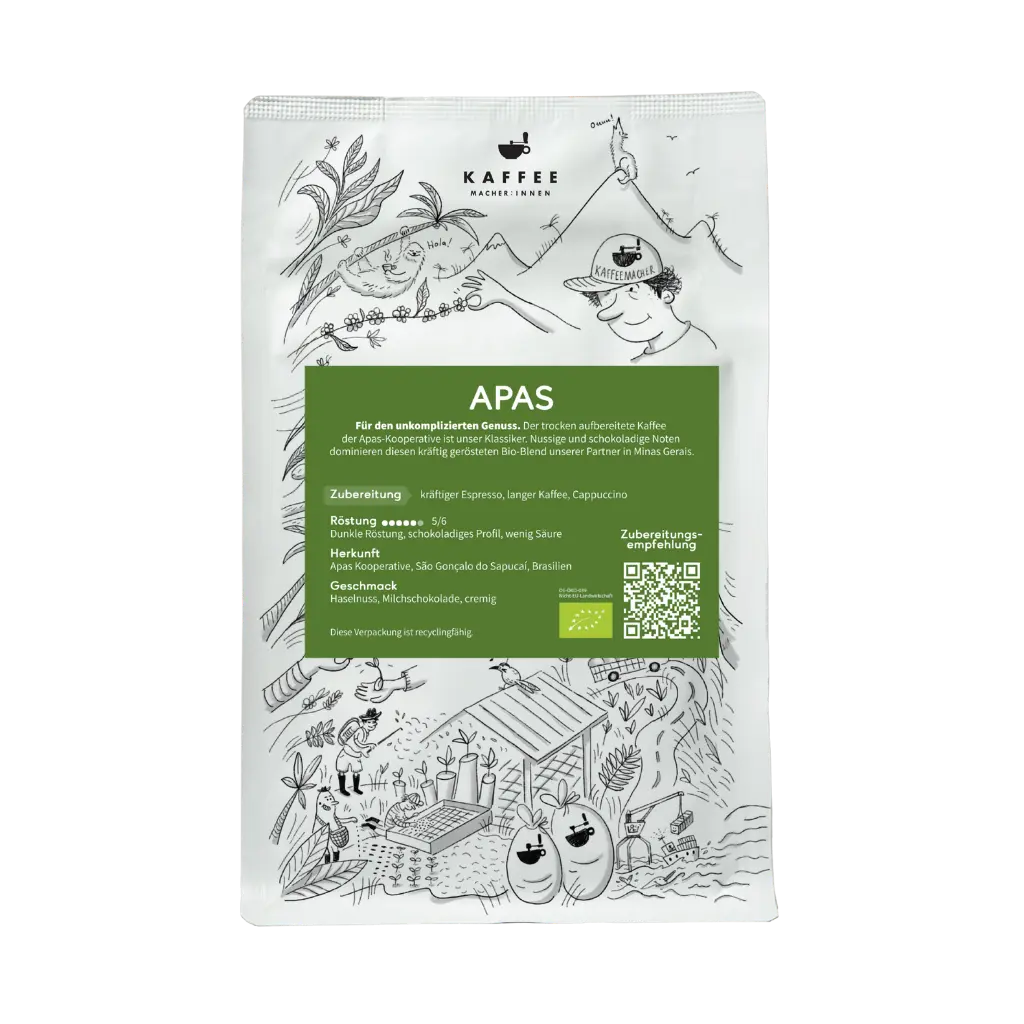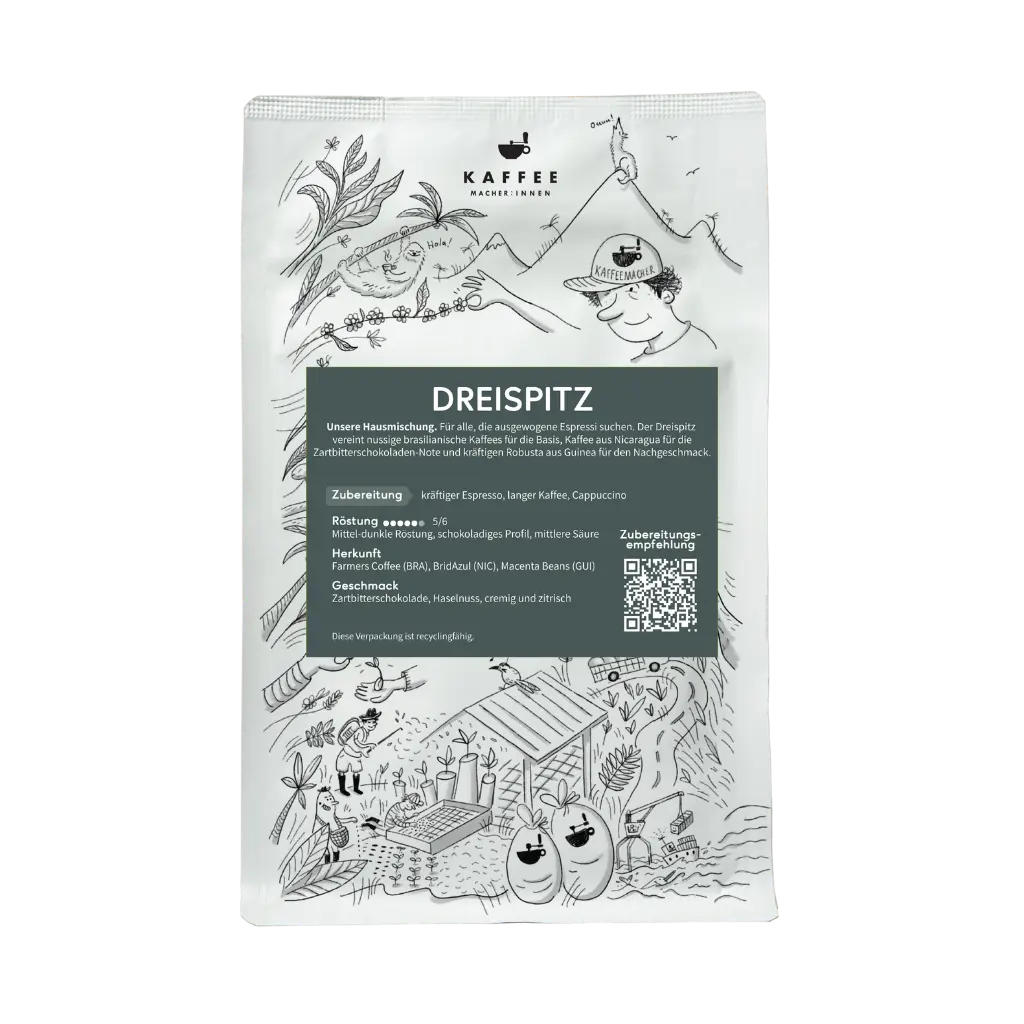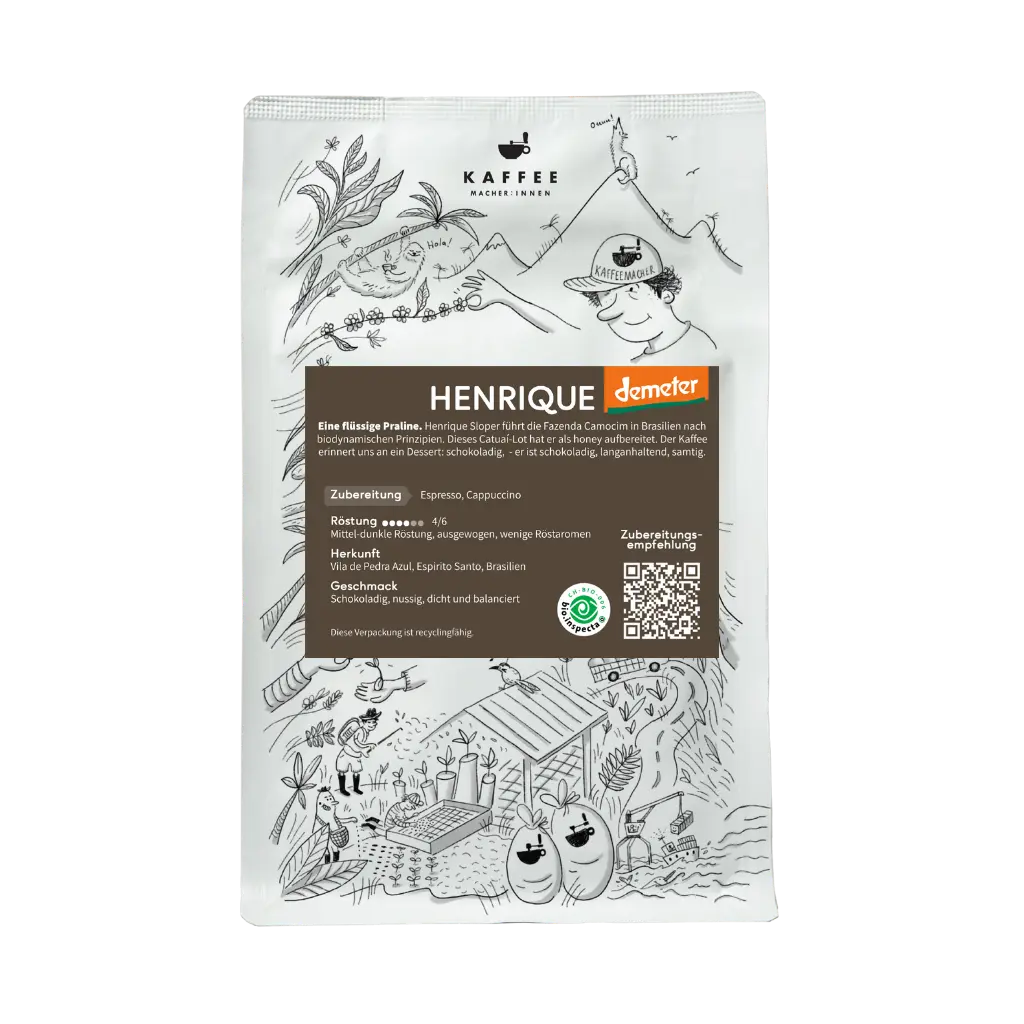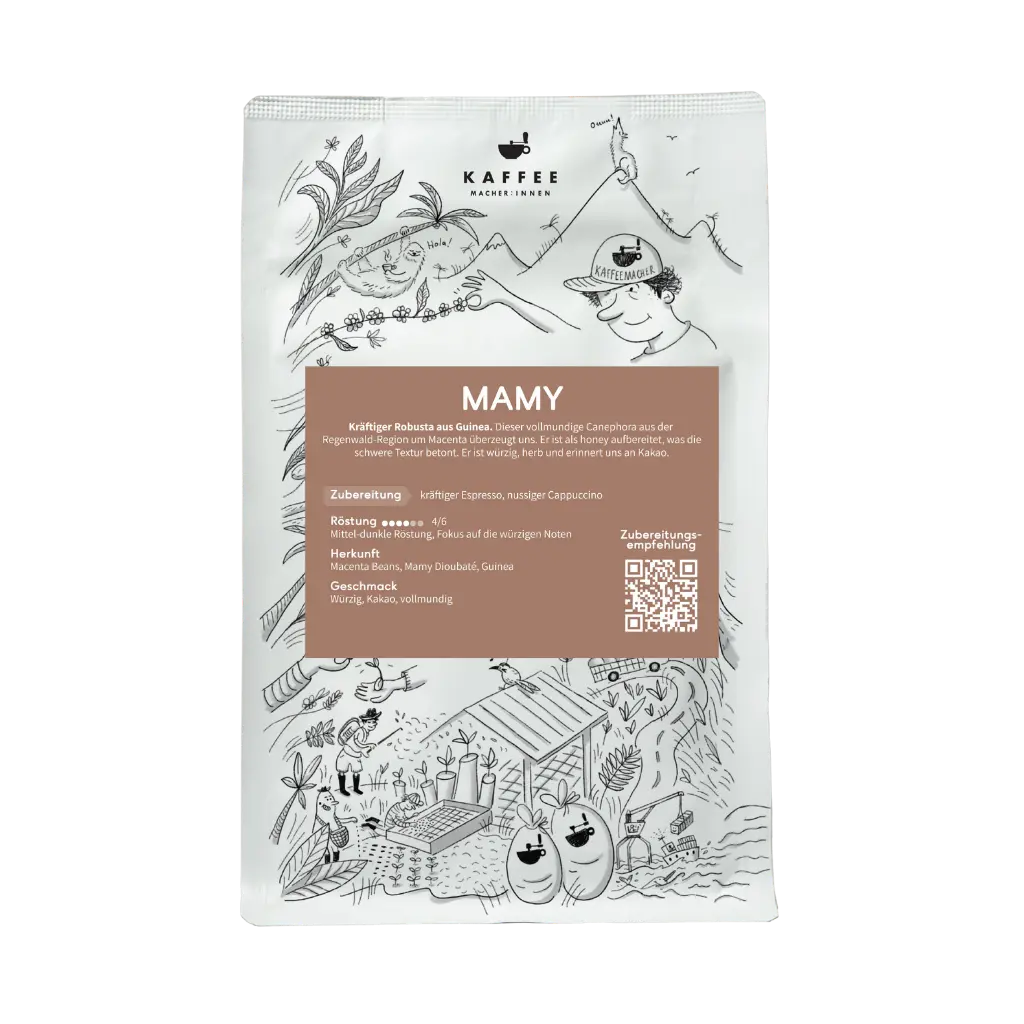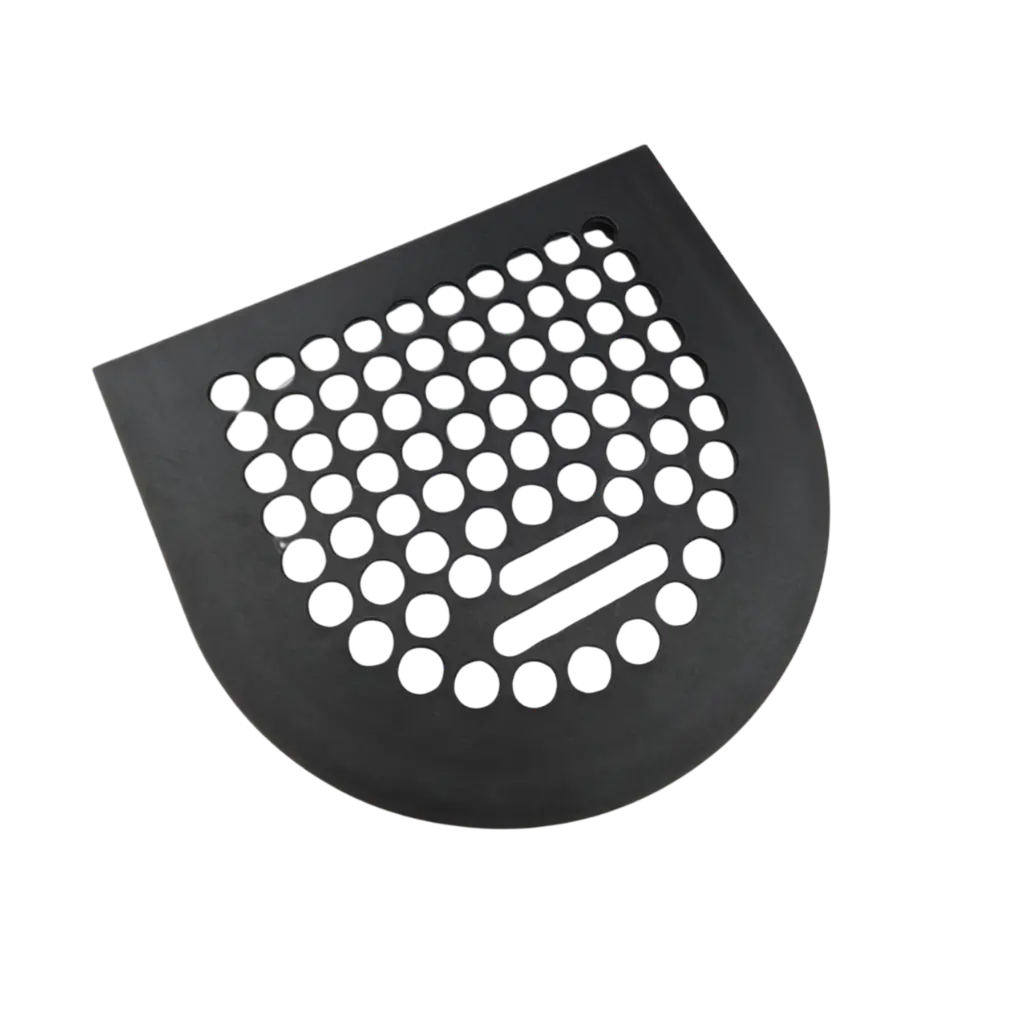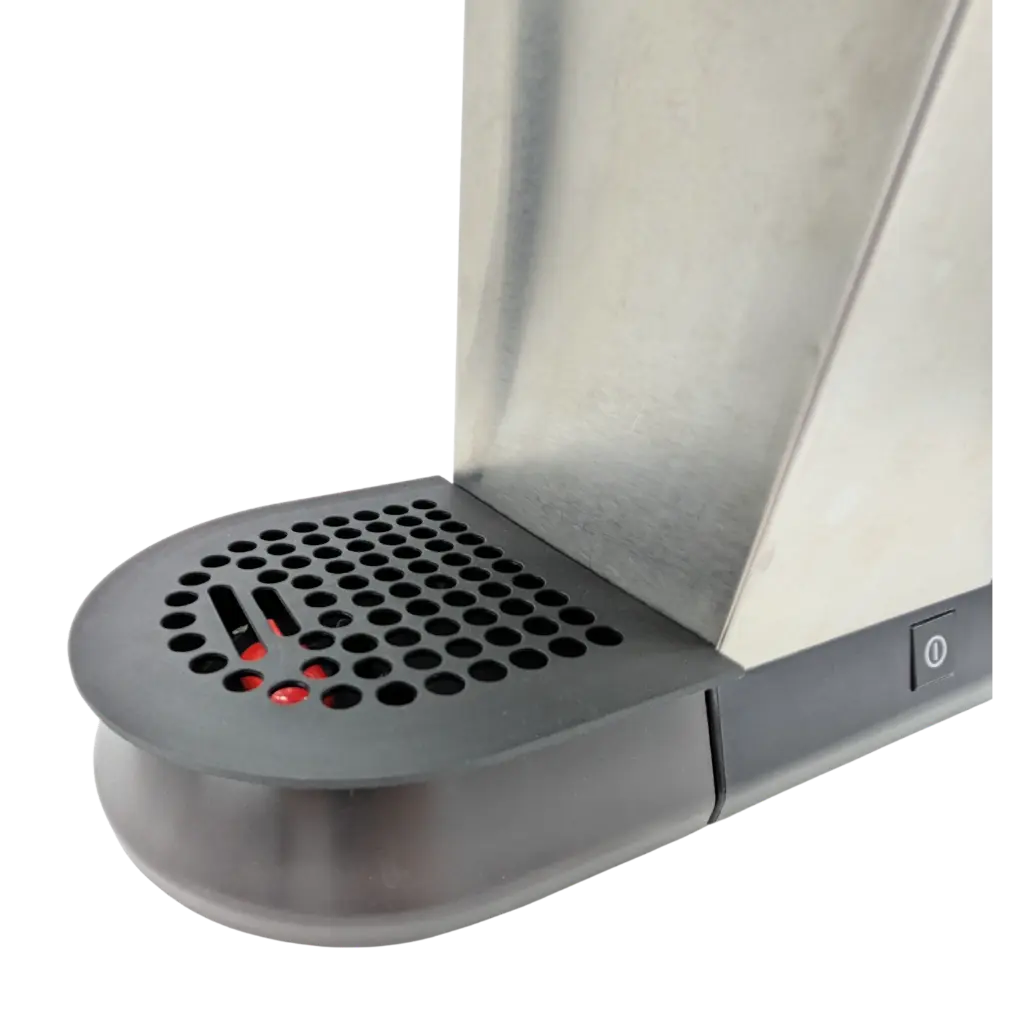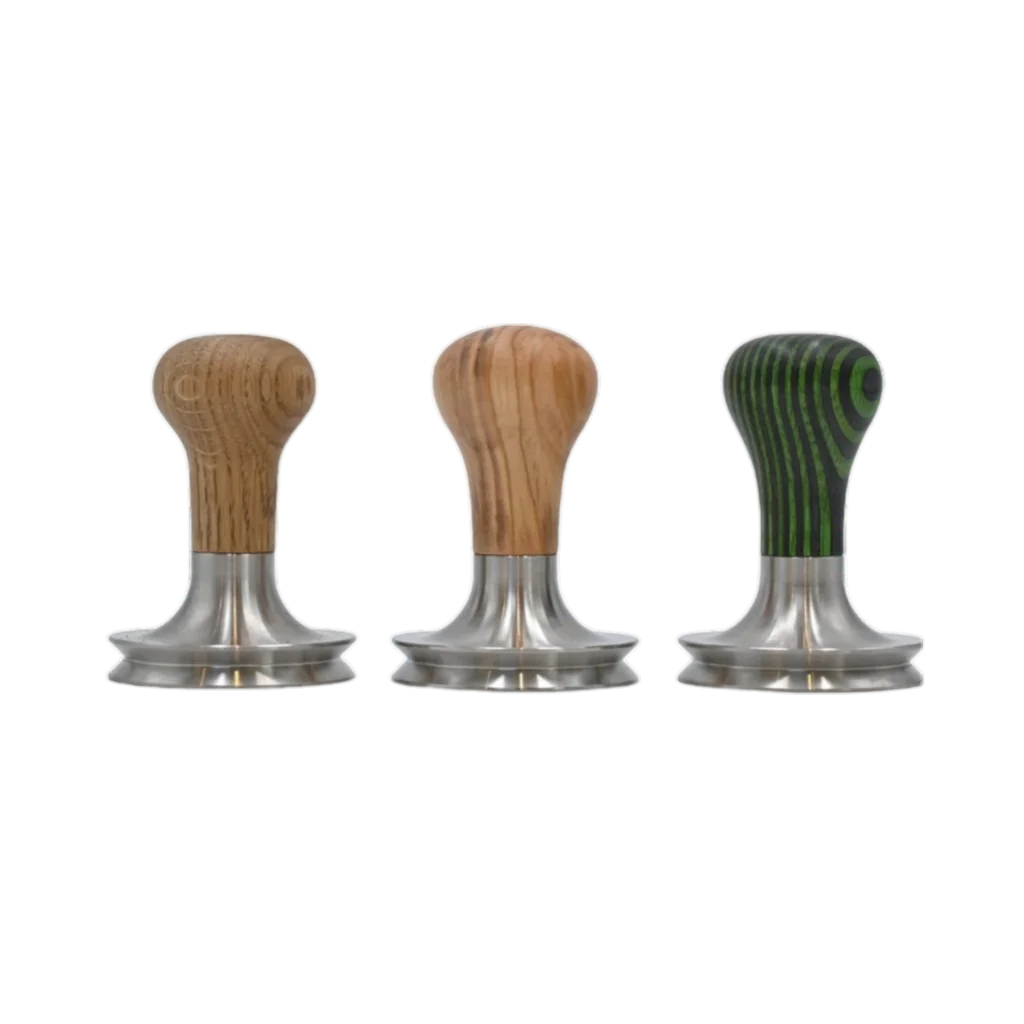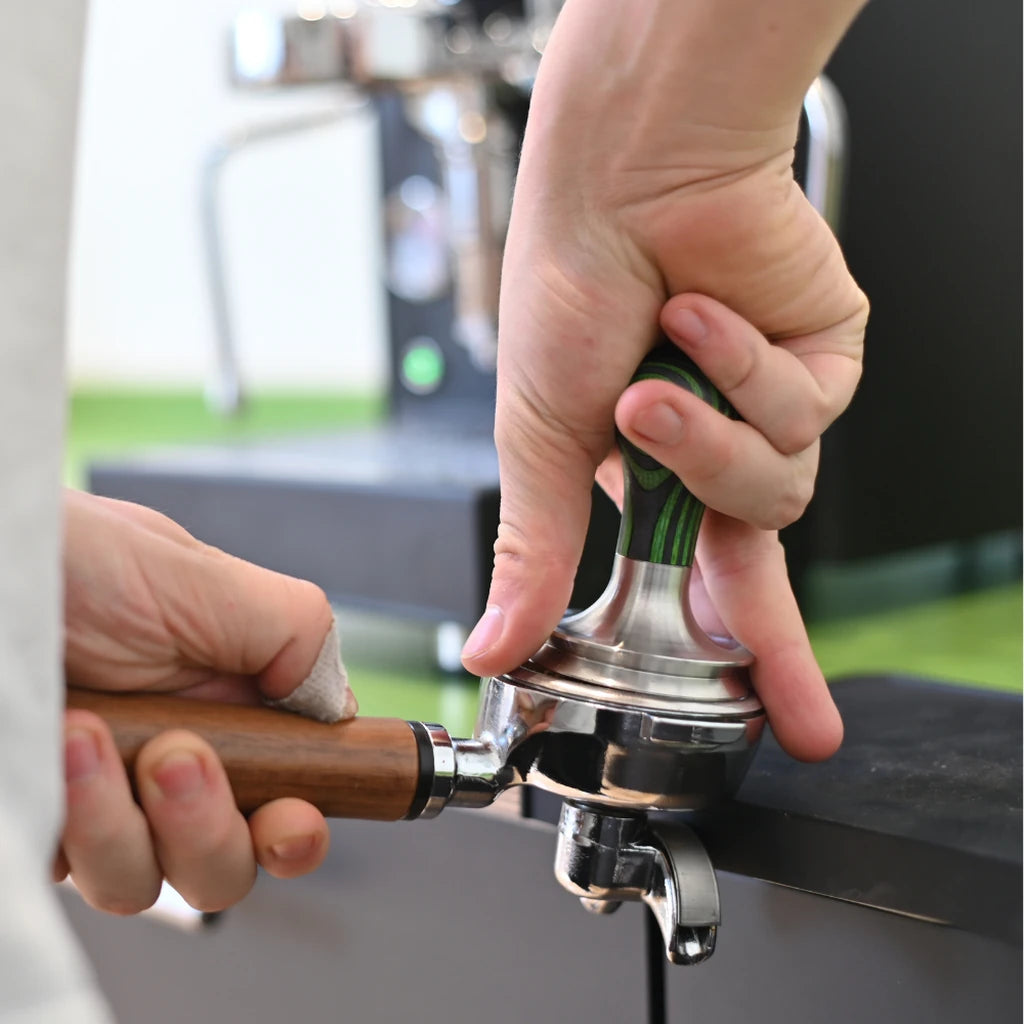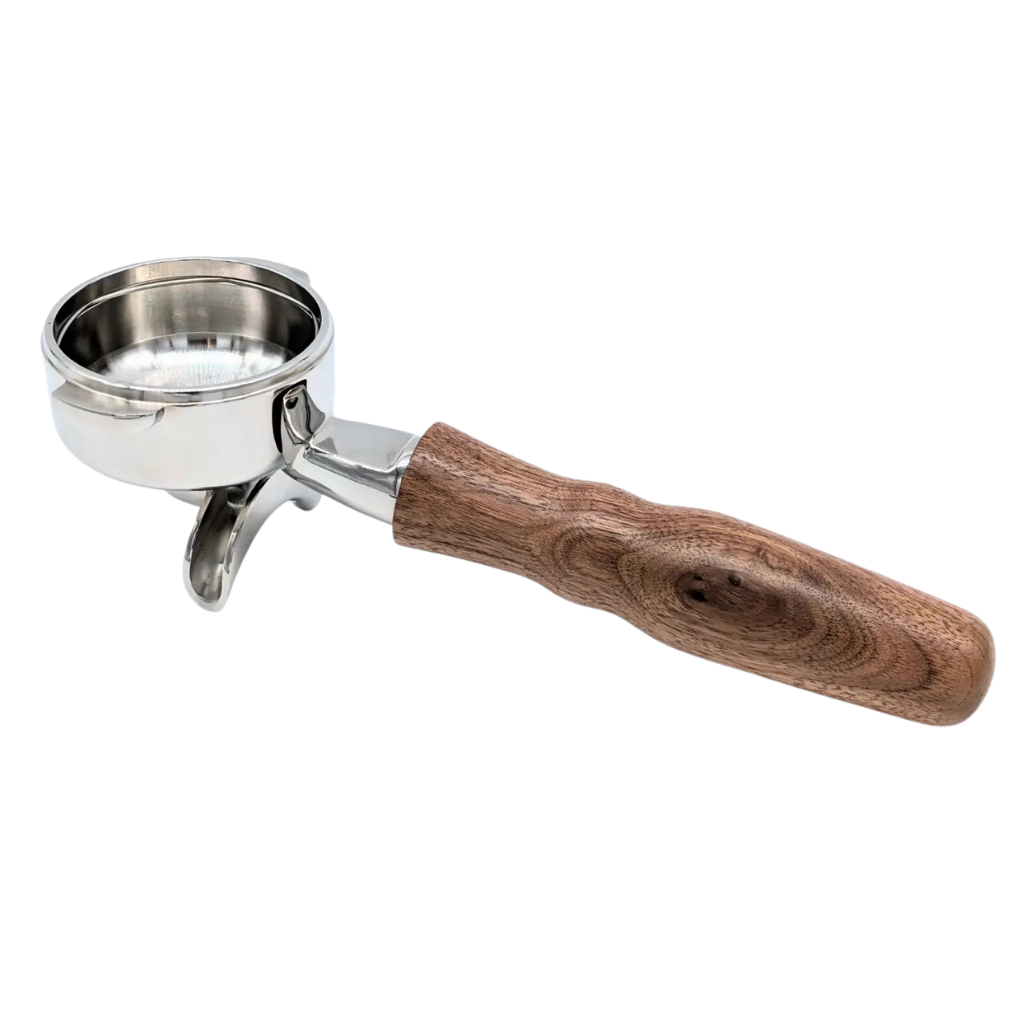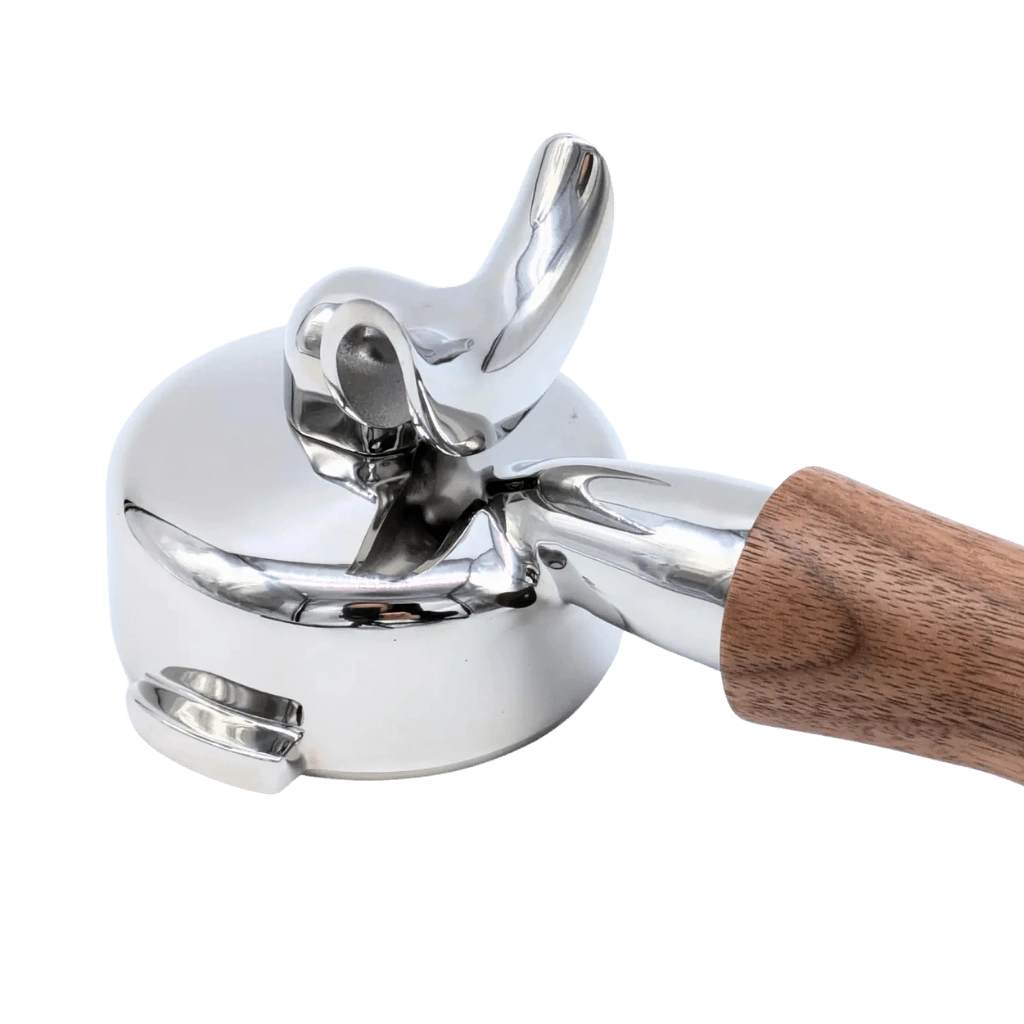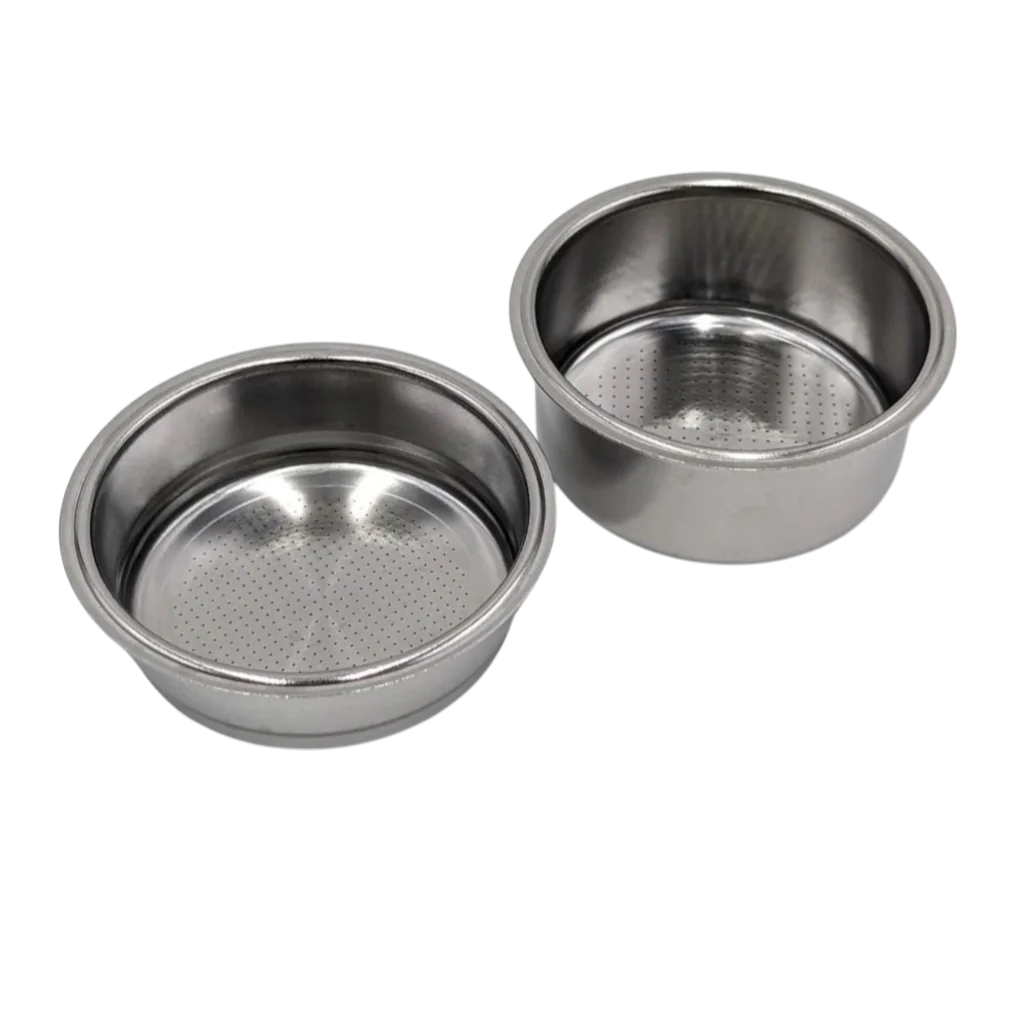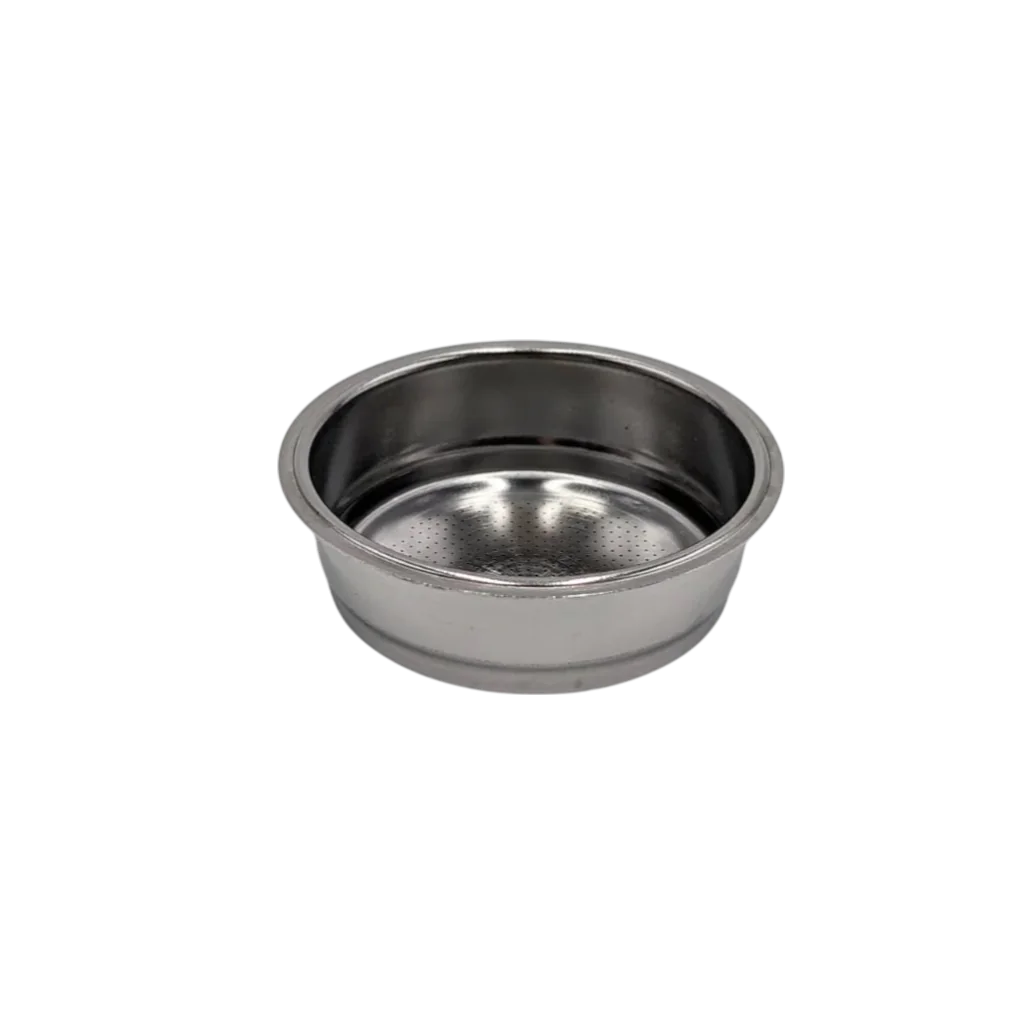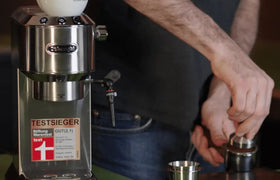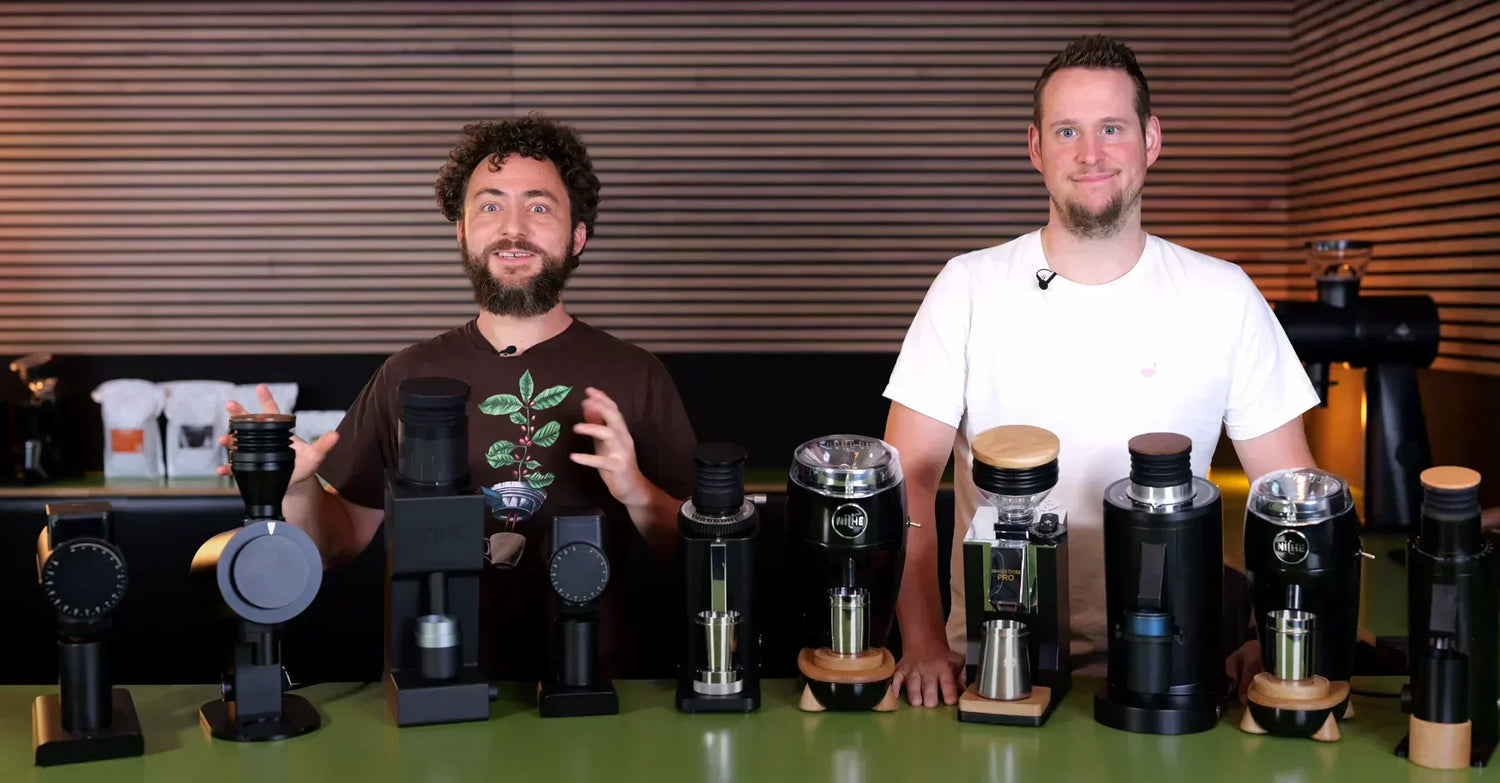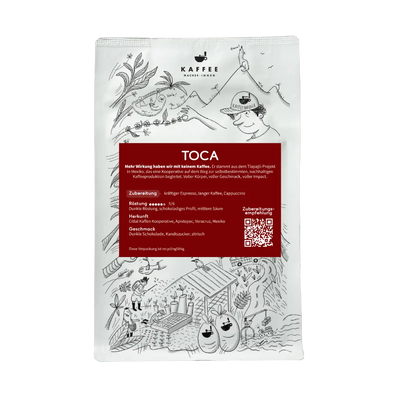Over the years, we’ve worked intensively with espresso grinders. But rarely has a test field been as dense and as high-quality as this one: ten single-dosing (SD) grinders in the upper home-barista segment between €500 and €1,000. If you’re shopping in this class today, you basically can’t go wrong. That means our criteria have to become more fine-grained. We’re no longer asking whether a grinder can make good espresso, but which style of espresso it supports best—and how smoothly the workflow runs in daily use.
In this report, we summarize the results of our months of testing and dive into the details that separate these grinders technically and sensorially.
The article will be updated. In addition to the long video, there’s also a short version of the test as well as an English version.
The tested grinders in dedicated blog posts
Timemore Sculptor 78s & 64s, Niche Zero, Niche Duo, DF64V, DF83, DF83V, Varia VS6, Eureka Mignon Single Dose Pro, Profitec Twist SD54
The Test Field and the Single-Dosing Philosophy
The lineup ranges from the DF64V as the most affordable entry (just over €500) to the Timemore Sculptor 78S, the most expensive grinder in this round at around €900.
The mechanical variety is impressive and shapes each grinder’s specialization. We see 54 mm flat burrs on the Profitec Twist SD54; the common 64 mm flats on the Eureka Single Dose Pro, Timemore 64S, and DF64V. The DF83, DF83 V, and Niche Duo step up with hefty 83 mm burrs. The Niche Zero is the outlier as the only grinder in this comparison with a conical burr set.
What they all share is the single-dosing principle: you weigh only the coffee you need, feed it into the hopper, and grind it completely. The key advantage is that no coffee ages in a hopper, and you can switch between coffees or grind sizes with minimal hassle.
The Central Challenge: Specialization over Baseline Quality
The high overall quality of these grinders broadens the perspective. In the past, tests focused primarily on individual grinders, grind-size consistency, and absolute retention reduction.
In a direct comparison, we also focus strongly on each grinder’s sensorial specialization—does it deliver more clarity and complexity (“clarity extremist”) or more body and sweetness (“body emphasis”)? Or can a grinder bring out all facets of a coffee?
At the same time, workflow becomes a decisive quality factor. We find: great grind quality is useless if the blower shifts your grind setting, the dosing cup wrecks the grounds in the portafilter, or cleaning is so cumbersome that home-baristas avoid it.
Our analysis aims to surface these nuances and show that, in the €500–€1,000 segment, you’re paying not only for grind quality but for a smooth daily workflow and a specific sensorial orientation.
Acoustics and Speed: The Time Factor
Speed isn’t the most important criterion for single-dosing at home. But it correlates directly with noise level and the grinder’s thermal behavior.
The Extremes: Pace and Noise
The field shows stark differences in performance. The speed leaders are the two 83 mm grinders: the DF83 is extremely fast at 35.6 g in 10 s and needs only 5.1 s for 18 g. The DF83 V goes even further, hitting an impressive 66 g in 10 s, grinding 18 g in just 6.5 s.
That speed comes at an acoustic price: at 91.6 dB the DF83 V is the loudest grinder in the comparison. Internally, we like to call it the “little bazooka.” The upside: thanks to the very short grind time, you don’t have to endure the volume for long.
At the other end, we find the quietest grinders: the Niche Zero whispers at just 72.9 dB. The Timemore grinders (74.9 dB and 76.7 dB) and the Varia VS6 (75.7 dB) also sit comfortably under 80 dB.
They buy this low noise with a more leisurely speed. The Niche Duo (10.8 g/10 s), the Varia VS6 (11.5 g/10 s), and the Timemore 64S (12.4 g/10 s) are among the slowest and take around 20 s for 18 g.
The Link Between Speed, Temperature, and Grounds
One detail we measured is ground temperature after multiple shots. The DF83 V warms up the most on average. That’s harmless for taste but still noticeable. The Profitec Twist SD54, on the other hand, is a surprise here: it achieves the lowest grounds temperature, showing excellent thermal management.
The lower speed of the Niche and Timemore models is not a flaw but an intentional trait directly tied to particle distribution. A lower burr-rotation speed (RPM) can narrow the main peak, which in turn can positively affect espresso clarity.
So we see a direct correlation between lower mechanical output and higher sensorial precision. One takeaway: the warming of all grinders is minimal and not a concern. No impact on flavor is to be expected.
Table Title: Core Technical Performance Compared
| Grinder | Noise level (dB) | Throughput / 10 s (g) | Time / 18 g (s) | Ground temperature (°C) |
|---|---|---|---|---|
| Timemore 78s | 74,9 | 21,6 | 14 | 30,8 |
| DF 83 V | 91,6 | 66 | 6,5 | 34,58 |
| Varia VS6 | 75,7 | 11,5 | 20 | 28,6 |
| Timemore 64s | 76,7 | 12,4 | 20,5 | 31,3 |
| Profitec Twist SD54 | 84,3 | 14,7 | 15 | 25,44 |
| Niche Duo | 77,6 | 10,8 | 18 | 30,6 |
| Eureka SD Pro | 81,1 | 28 | 11 | 32,38 |
| DF 83 | 85,2 | 35,6 | 5,1 | 29,1 |
| Niche Zero | 72,9 | 11,9 | 13,5 | 30,4 |
| DF 64V | 81,6 | 19,2 | 12,5 | 32,4 |
The Be-All and End-All: Retention and Single-Dosing Performance
The most important technical criterion for a single-dosing grinder is retention—the amount of ground coffee that remains in the grinder instead of landing in the portafilter. Why does it matter? If you choose a single-dosing grinder, you expect 100% of the beans you put in to come back out.
We clearly distinguish between permanent and temporary retention.
Retention: Separating Permanent and Temporary
Permanent retention is coffee that settles in hard-to-reach areas (e.g., screws, crevices of the grind chamber) and doesn’t exchange from shot to shot. This coffee ages, goes rancid, and can affect the taste of future shots if the grinder isn’t periodically disassembled and cleaned thoroughly.
Single-Dosing Performance (SDP) is what we call temporary retention—the day-to-day relevant metric. It indicates how much coffee from the previous grind ends up in the current shot. Our target is below 0.2 g.
Champions of Near-Zero Retention
In SDP, the Timemore Sculptor models lead the entire field. Both the 78S and 64S hit just 0.1 g of temporary retention. That’s enabled by the vertical burr orientation, a direct grind path, and a clever exit mechanism that makes a separate bellows blower unnecessary.
The Niche Zero (0.2 g) and DF64V (0.3 g) also perform excellently. The Niche Zero does this in a particularly simple way: just closing the lid is often enough to keep retention low.
At the other end, the Eureka SD Pro sits at 0.7 g of temporary retention—better than many classic grinders, but not ideal for a dedicated single-doser.
A clear outlier is the Varia VS6. While its single-dosing performance is still very good at 0.35 g, its permanent retention of 2.0 g weighs heavily. Total retention sits at 2.3 g.
Note: we didn’t use the blower on the Varia VS6—deliberately disadvantaging it—because operating the bellows frequently shifts the grind setting on this grinder. Even so, the chamber design promotes old-coffee build-up and demands the most regular and thorough cleaning of all grinders compared.
Retention as a Symptom: Static as a Catalyst
We found that one of the main causes of increased retention is electrostatic charge in the grounds. High static makes fines and dust cling to chute walls and stay put.
The DF64V tends to build heavy static without countermeasures and is hardly usable with many coffees without water misting (Ross Droplet Technique, RDT). Only by consistently using bellows and RDT does it reach its good SDP value of 0.3 g.
By contrast, grinders like the Timemore models or the Eureka SD Pro naturally carry less static. That materially contributes to smoother workflow and low retention because less coffee sticks to internal surfaces.
| Grinder | Temp. retention (g) | Perm. retention (g) | Total retention (g) | SD performance (g) |
|---|---|---|---|---|
| Timemore 78s | 0,1 | 0,2 | 0,3 | 0,1 |
| DF 83 V | 0,4 | 0,4 | 0,8 | 0,4 |
| Varia VS6 | 0,35 | 2,0 | 2,3 | 0,35 |
| Timemore 64s | 0,1 | 0,2 | 0,3 | 0,1 |
| Profitec Twist SD54 | 0,6 | 0,2 | 0,8 | 0,6 |
| Niche Duo | 0,6 | 0,8 | 1,4 | 0,6 |
| Eureka SD Pro | 0,7 | 0,1 | 0,8 | 0,7 |
| DF 83 | 0,4 | 0,4 | 0,8 | 0,4 |
| Niche Zero | 0,2 | 0,7 | 0,9 | 0,2 |
| DF 64V | 0,3 | 0,5 | 0,8 | 0,3 |
The Heart of Flavor: Particle Distribution and Extraction Behavior
Particle size distribution (PSD) underpins flavor in the cup. We look at two main factors: the width of the main peak (a measure of uniformity) and the fines fraction Qf (the share of particles under 100 µm, important for body and puck stability).
A narrower main peak favors more even extraction and clarity. A higher fines fraction boosts crema and body but can tip into bitterness if there’s too much dust.
Analytical Basis: Peak Width and Fines Fraction
Within this segment, grinders fall into two extremes with a large middle group of all-rounders.
The Extremes: Clarity vs. Body
Clarity Extremists: Timemore Sculptor 78S and 64S
The Timemore Sculptor models are extreme in their particle distribution. They deliver the narrowest main peaks we’ve measured in this segment (64S: 145 µm; 78S: 154 µm). Sensory-wise, that yields maximum clarity and complexity with precise resolution of sweetness and acidity. They’re fantastic for light and complex roasts.
The trade-off of this very narrow distribution is in extraction behavior: the puck is fragile, and you need to grind extremely fine just to build resistance against the pump. That often means a long pressure build-up followed by a sudden, fast “shoot-through” (the stall-and-shoot phenomenon). These grinders are “nerd tools” for advanced home-baristas who have precise puck prep (WDT) and ideally a machine with pressure/flow profiling.


Body Extremist: Niche Zero
The Niche Zero is the clear contrast. As the only conical grinder in the field, it shows the widest main peak (270 µm) and the lowest fines fraction (19.8%).
Sensory-wise, that means a profile emphasizing sweetness, body, and balance. Shots are silky, creamy, and forgiving—the “classic” espresso leaning toward chocolate, nuts, and marzipan. A coarser x50 with simultaneously low fines yields a stable puck that’s easy to extract even if your puck prep isn’t top-tier yet.
The Broad Middle of All-Rounders
Bold & Punchy: DF83 V and Profitec Twist SD54
Both show among the highest fines fractions in the test (~34–35%). That results in denser texture, more crema, and a heftier body (“punch”). The Profitec Twist SD54 is particularly notable here, delivering a surprisingly dense profile despite its smaller 54 mm burrs. If you want a strong, dark-leaning espresso, start here. The high fines, however, demand clean puck prep to avoid astringency or channeling.
Clarity-Oriented All-Rounders: DF64 V and Varia VS6
These models offer relatively narrow peaks (VS6: 183 µm; DF64 V: 196 µm), giving them more clarity than the broad midfield. The DF64 V is the most affordable entry to this “clarity” spectrum. The Varia VS6 combines a narrow peak with RPM control, making it a compelling all-rounder for structured espressos.
Balanced Middle: DF83, Niche Duo, Eureka SD Pro
These grinders sit mid-pack regarding fines and peak width. They are solid all-rounders that deliver good results across roast levels and are easy to dial in. The Eureka SD Pro tends to a somewhat coarser grind (x50 298 µm) with rounder, less “sparkly” results in the cup.
The RPM Lever: Actively Steering Flavor
A key feature present on several grinders in this segment (DF83 V, DF64 V, Varia VS6, Timemore 78S/64S) is variable RPM. It’s the strongest lever a home-barista has to shape flavor.
Changing RPM causally impacts particle distribution: lower RPM reduces turbulence in the chamber, narrowing the main peak. That boosts clarity—great for light roasts or filter preparation.
Higher RPM does the opposite: it tends to broaden the peak and can add body and sweetness. That ability to tune parameters lets you temporarily shift a grinder’s specialization and get the best out of different coffees.
| Grinder | Main-peak width (µm) | Fines fraction Qf (<100 µm) | x50 (µm) | Sensory profile |
|---|---|---|---|---|
| Timemore 64s | 145 (narrowest) | 31.0% | 205 | Extreme clarity, complexity, fruit-forward. |
| Timemore 78s | 154 | 29.7% | 221 | Extreme clarity, complexity, fruit-forward. |
| Niche Zero | 270 (widest) | 19.8% (lowest) | 343 | Velvety, creamy, lots of body. |
| DF 83 V | 232 | 34.4% (highest) | 251 | High body and punch, can lean astringent. |
| Profitec Twist SD54 | 206 | 34.5% (highest) | 285 | Dense, sensual, can edge into bitterness. |
| DF 64V | 196 | 27.0% | 255 | Good clarity, balanced all-rounder. |
| Varia VS6 | 183 (very narrow) | 32.0% | 243 | Lively, structured, pulls well. |
| Niche Duo | 255 | 26.4% | 271 | Solid balance, easy to dial in. |
| DF 83 | 204 | 28.4% | 249 | Solid balance, crowd-pleaser. |
| Eureka SD Pro | 201 | 30.2% | 298 | Round, medium, less “sparkly” up top. |
Haptics, Workflow, and Day-to-Day Usability
Beyond raw grind results, the feel of the adjustment dial, the quality of accessories, and overall workflow determine whether a grinder is truly enjoyable in daily use.
Grind-Adjustment Feel and Its Pitfalls
Here we see design weaknesses that can overshadow even great grind quality. We rate the grind-adjustment feel of the Varia VS6 as red (poor). The adjustment is too loose and can shift just by using the bellows or tapping the grinder. That’s a “catastrophe for a single-doser,” because your hard-won grind point keeps drifting.
Grinders like the Niche Zero and Niche Duo earn a very good rating (dark green). Their wide adjustment range means small dial movements translate to minor changes in shot time—making dialing-in pleasant and forgiving.
The Biggest Workflow Killer: Dosing-Cup Critique
A small accessory can wreck an otherwise perfect workflow. On the Timemore Sculptor models, the included dosing cup is such a “workflow killer.”
The issue: the cup has a thick rim. When you flip grounds directly into the portafilter, that rim creates an uneven, ring-shaped crater at the edge of the puck. This unevenness fosters heavy channeling—even if you WDT beforehand. In practice, you’ll need to replace the cup or use an awkward decanting step, which undercuts the otherwise excellent single-dosing workflow.
Other grinders—like the DF83, Eureka SD Pro, and Niche Duo/Zero—ship better cups that seat cleanly on the portafilter and allow homogeneous distribution.
Maintenance and Cleaning: A Hidden Consistency Factor
Cleaning ergonomics are often underestimated. They affect not just daily routine but long-term sensory quality because permanent retention must be removed.
Cleaning and Preserving the Grind Setting
It’s a major advantage if your discovered grind setting is preserved after cleaning. Only the Timemore Sculptor models manage to retain the setting after disassembly, avoiding time-consuming recalibration. On the Eureka SD Pro this is theoretically possible too, but requires loosening and retightening set screws that press into a plastic part—potentially damaging it with frequent tightening.
The Profitec Twist SD54 scores worst in this category. Disassembly is relatively complex, involves a lot of screws, and parts like the grind-scale plate are loose—making recalibration tedious.
The DF models and the Niche Zero/Duo are easier to open (by rotating the adjustment collar), but you lose the grind setting and must dial in again afterward.
The Must-Do for Dark Roasts
Looking at permanent retention—especially on the Varia VS6 (2.0 g)—makes it clear that regular maintenance is essential. Permanent retention builds up, particularly with oily, dark roasts.
We therefore recommend fully opening and dry-cleaning any grinder prone to such build-up at least once a month. If that sounds like too much effort, either choose grinders with the lowest permanent retention (Eureka SD Pro, Profitec Twist, Timemore models, all 0.1–0.2 g) or stick to light roasts.

Conclusion and Our Recommendations
Bottom line first: all grinders in this comparison are excellent devices that are a joy to use. Upgrading to different burrs usually only makes sense if you deliberately aim for another sensory extreme or want to fix a specific workflow shortcoming.
Best Value and Entry into Clarity: DF64V
The DF64V offers outstanding performance for just over €500. It delivers very good single-dosing performance (0.3 g) and a clarity-oriented main peak (196 µm). It’s a fantastic prosumer entry with RPM control, but it does require consistent RDT (water misting) to keep static in check.
The Classic for Beginners and Body Lovers: Niche Zero
The Niche Zero is the quietest grinder in the test (72.9 dB) and, thanks to its conical burrs, produces a forgiving, sweet, body-rich profile with the lowest fines. Its workflow is straightforward, and grind-setting repeatability is excellent (dark green).
For Perfectionists and Clarity Nerds: Timemore Sculptor 78S/64S
If you want the absolute maximum in clarity and complexity, you can’t avoid the Timemore models. They offer the narrowest peaks (down to 145 µm) and the best single-dosing performance (0.1 g). These are uncompromising tools for home-baristas willing to invest in advanced puck prep (WDT) and flow profiling.
The 78S brings higher speed; the 64S delivers the same grind output at a lower price. However, the dosing cup needs to be replaced immediately. These grinders also demand more advanced distribution and very even puck prep—otherwise their specific particle distribution can invite channeling and leave flavor potential on the table.
Power User and Light-Commercial Candidate: DF83
The DF83 (non-V) is the fastest grinder (5.1 s/18 g) and delivers a balanced, punch-oriented profile. If you grind larger amounts daily or need a grinder for a small office or light commercial setting, this machine has tremendous throughput reserves.
The All-Rounder with a Catch: Varia VS6
The Varia VS6 convinces with low noise, RPM control, and a clear profile (183 µm peak). Its central weakness—the grind dial shifting when using the bellows (red)—plus a critically high permanent retention (2.0 g) require deciding against the bellows, holding the dial when needed, and rewarding very regular, thorough cleaning.
We’re convinced that in the €500–€1,000 segment, you’re paying not only for grind quality but above all for a frictionless, thoughtfully designed workflow. Weak haptics (VS6) or poor accessories (Timemore) can overshadow great mechanics in daily life. It’s worth choosing the grinder whose trade-offs best match your own usage profile.


